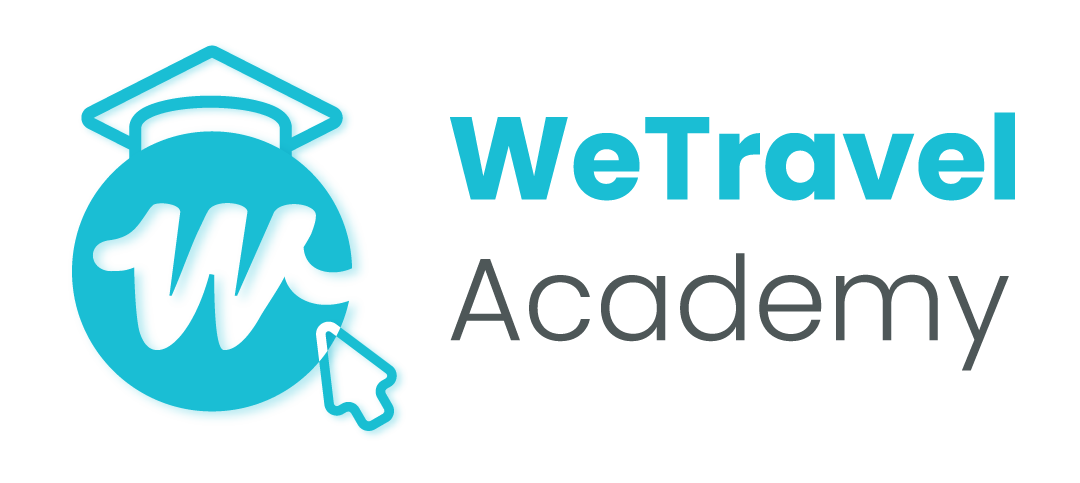4 Steps To Build A Local Business Network Of Experience Providers That Your Clients Will Trust
Because of COVID-19, tour operators and travel businesses may be pivoting their offering to focus on local experiences for the time being. That’s because the industry anticipates travel to bounce back quicker close to home before people feel comfortable crossing bordersor venturing out too far while the uncertainty of the pandemic is still around.
But adapting business and building a new local offering from the ground up doesn’t always come easy.
You need to design new itineraries and set up a local business network of vendors, partners, and perhaps tour guides, all of which are made more complex by the pandemic. Travel is going to look different coming out of it, and this means taking the time to select your partners wisely.
Together, you will have to work hard to build trust around safety and hygiene with your clients before they book.

Steps To Build A Trusted Local Business Network Of Experience Providers
One way to instill confidence in travelers is to provide them with a central information and booking point. Depending on the travel offer you are building, there can be multiple times when your clients would ordinarily have to engage with someone outside of your company during their experience.
For example, boarding a bus, paying for a meal, or hiring equipment.
It’s a subject that we covered in more detail during our recent webinar, but as a starting point, travelers are going to want to know what hygiene measures are in place at each of these points of contact.
They will want to know that the people they interact with are just as equipped as your team to safely handle their experience.
They are also going to want to know ahead of time where these potential touchpoints are so that there are no surprises that might leave them feeling insecure or unsure of their safety.
It’s about controlling perceptions and instilling confidence.
By limiting the external contact travelers have to engage in, and through working closely with your partners, you can help to set clients at ease and assure them of your ability to provide a safe and amazing experience.
On your part, this will require combining forces with your partners or vendors to pool resources and work out how to best handle the administration of this.
We have some tips to get you started.

1. Identify Possible Areas Of Concern That Would Fall Under Your Vendors Jurisdiction
You have an idea for your local travel experience and are hashing out the finer logistical details. While doing this, also consider what would be the potential areas of concern for clients with respect to hygiene throughout the entire experience.
For example, if you plan on breaking for lunch during a tour, you need to take them to a restaurant that has implemented the type of safety protocols that will make them feel at ease.
You might also want to ask for a set menu and then settle the bill with the establishment directly instead of your clients doing this themselves on the day. Simply build the pricing into your own as inclusive.
Perhaps travelers have to undertake some type of external transport on your tour and can’t use their own vehicle. In this case, you will need to source a transporter who can offer a safe and sanitized passage that you can build into your package.
Essentially, you need to do an extensive audit of your entire experience to identify possible points of concern that aren’t directly in your control. When choosing partners to build your local business network with, you are going to need to ask them the right questions to uncover the information on how they plan on handling your guests.

2. Approach Your Potential Partners
This tight-knit group is going to see to your travel product’s success - choose them wisely. Not only do they need to understand your clients' needs as well as you do, but they also need to be your advocates.
Now that you know what to ask about how they will handle your clients, arrange a sit down to get your answers. As you’ll be speaking about how they can build their experience into your own, they will also be able to provide extra insights that you may not have thought of.
Be open about expectations with regards to what’s expected in delivery, terms of payments, and how you can measure the success of your relationship going forward.
You also need to agree on how to communicate efficiently and handle any issues with your clients.
If you’re looking to form a local collective of other experience providers, work out how you are going to promote one another.
In general, these new partnerships need to be attractive for everyone involved, with rewards issued in line with the degree of effort each party puts in.

3. House The Information Under One Roof
That includes your house and that of your new local business network. Collect all the detailed information from the safety conversations you have just engaged in and put it down in writing to include it in your experience itinerary.
Put it into your marketing materials, on your websites, in brochures that travelers can pick up from the local DMO or website. Package it so that any potential client can see from start to finish that they are in good hands with active safety measures in place.
If they have to ask or make a guess as to whether they will be at risk, they will likely look for assurances (and a booking) elsewhere.
4. Gather Feedback From Clients
At the end of every experience, make it a point to get feedback from your clients who booked.
Did they feel safe?
Was there anything to improve on?
What was their favorite part of the experience?
Would they do the experience again or recommend it to their friends or family?
This information can help you to shape and improve your offering, as well as highlight whether you or your vendors need to adjust what’s on offer.

Final Thoughts
To successfully reassure clients of your ability to host a safe and amazing experience, your local business network needs to be an extension of your company. Fewer touchpoints can help to reduce the risks associated with catching the virus, and your team needs to have all the information available at their fingertips to reassure travelers that everything possible is being done to see to their safety.
New resources, straight to your inbox
We’re committed to your privacy. WeTravel uses the information you provide to us to contact you about our relevant content, products, and services. You may unsubscribe at any time.




